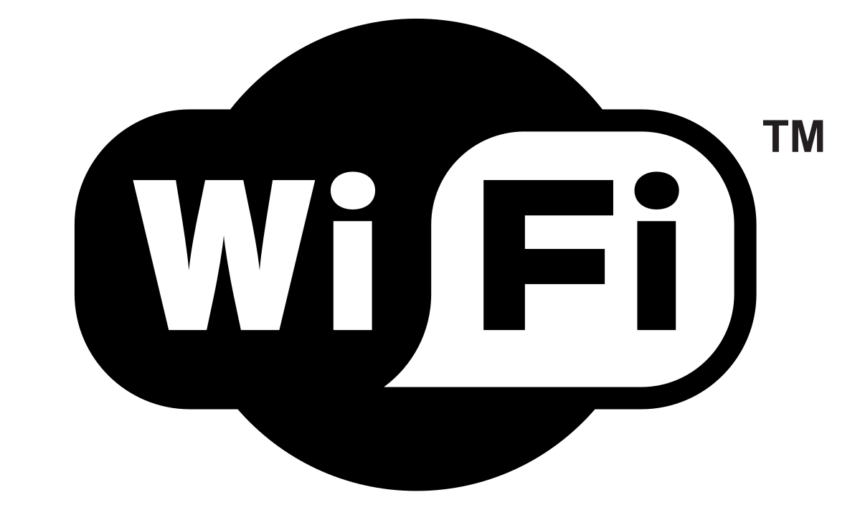As we stand on the precipice of yet another leap in wireless technology with the introduction of WiFi 7, it begs the question: Is WiFi 6 not sufficient for our current and foreseeable needs? With the advent of WiFi 6, users witnessed significant improvements in speed, efficiency, and capacity over its predecessors, seemingly catering to all our digital demands from gaming and streaming to augmented realities and video conferencing. Yet, the relentless march of technology brings WiFi 7 into the spotlight, promising even greater advancements. This TechFyle opinion piece delves into whether we truly need to look beyond WiFi 6, examining the positives, negatives, and blind spots of this ongoing evolution.

The Case for WiFi 6 — But Is It Enough?
WiFi 6, or 802.11ax, introduced a suite of enhancements aimed at improving network efficiency. Features like OFDMA (Orthogonal Frequency Division Multiple Access), MU-MIMO (Multi-User, Multiple Input, Multiple Output), and 1024-QAM have significantly increased the capacity, speed, and range of wireless networks. For the average household juggling video calls, 4K streaming, online gaming, and smart home devices, WiFi 6 has been a game-changer. Its ability to handle multiple devices more intelligently means less interference and smoother connectivity—a boon in today’s connected world.
Despite the impressive capabilities of WiFi 6, there are several factors driving the need for WiFi 7. First, the sheer volume of IoT devices expected to flood our homes and workplaces necessitates a more robust solution. WiFi 6, while efficient, may struggle to keep pace with the exponential growth of connected devices, each demanding a slice of the bandwidth pie.
Second, emerging technologies like 8K streaming, virtual reality (VR), and augmented reality (AR) applications require not just faster speeds but ultra-low latency for immersive experiences. WiFi 6 makes strides in these areas, but WiFi 7 promises to push the boundaries further, offering the potential for even smoother, more realistic virtual interactions.
The Case for Wifi 7 — Positives, Negatives and Blind Spots
The leap to WiFi 7 isn’t just about speed; it’s about enhancing the quality of connectivity in high-demand environments. WiFi 7’s introduction of 320 MHz channels and improvements in QAM and MU-MIMO technologies promises to double the speeds achievable with WiFi 6, making it adept at handling future digital landscapes. Additionally, WiFi 7 is designed to be more efficient in crowded spaces, where numerous devices vie for connectivity, thereby ensuring a stable and consistent user experience.

However, the transition to WiFi 7 isn’t without its downsides. Upgrading infrastructure to support the new standard can be costly and time-consuming for businesses and consumers alike. There’s also the risk of technological obsolescence, where devices become outdated faster, pushing a consumer culture of constant upgrades.
A significant blind spot in the rush towards new WiFi standards is digital inequality. As we advance, there’s a growing divide between those with access to the latest technology and those without. This gap could widen with the adoption of WiFi 7, leaving behind users in areas where even basic internet services are a challenge.
So, Do We Really Need WiFi 7?
The question of necessity is complex. For the average consumer, WiFi 6 provides more than enough capability for today’s needs. However, technology isn’t static, and neither are our demands on it. WiFi 7 isn’t only about serving our current needs but anticipating future ones. It’s about creating a foundation robust enough to support the next generation of digital innovations.
The proponents of WiFi 7 argue that the future is here. With the burgeoning rise of data-intensive applications — from 8K streaming services to sophisticated AR and VR platforms — capacity demands are escalating exponentially. “The advent of WiFi 7 is not a luxury but a critical step forward,” states Dr. Hiroshi Nakamura, a leading expert in telecommunication technologies. “We are verging on a new era of internet use, where the limitations of WiFi 6 will become apparent.” The 2020 pandemic’s increased remote work and learning is often cited for the need for more robust, reliable internet connectivity. As Dr. Nakamura indicates, “The shift towards remote modalities has not just increased the quantity of data being transferred but also the quality demanded by users across the globe.”

Conversely, skeptics question the immediate need for WiFi 7. The vast majority of current services and application perform well above norms via WiFi 6. They argue that for the average home user, the differences might not justify the upgrade, both in terms of cost and the environmental impact of discarding perfectly good equipment. “WiFi 6 already exceeds the broadband speeds available to most households,” notes tech journalist Elena Martinez. “For many, the leap to WiFi 7 might be more about having the latest tech rather than a tangible improvement in their daily internet usage.”
t/f Summary: Nicety or Necessity
As we contemplate the need for WiFi 7, it’s clear that the evolution of wireless technology is not just a matter of want but a matter of foresight. While WiFi 6 adequately serves our present, WiFi 7 promises to safeguard our digital future, ensuring that our connectivity infrastructure can keep up with the rapid pace of technological advancements.
The progression to WiFi 7 and beyond is inevitable and necessary. It represents a commitment to innovation, ensuring that our digital experiences continue to evolve and improve. The challenge lies not in the technology itself but in ensuring equitable access and adaptation to these advancements, ensuring that no one is left behind in the wireless revolution.
Whether viewed as a necessity or a nicety, WiFi 7’s rollout will undoubtedly be a significant milestone in the evolution of connectivity… until the next.



